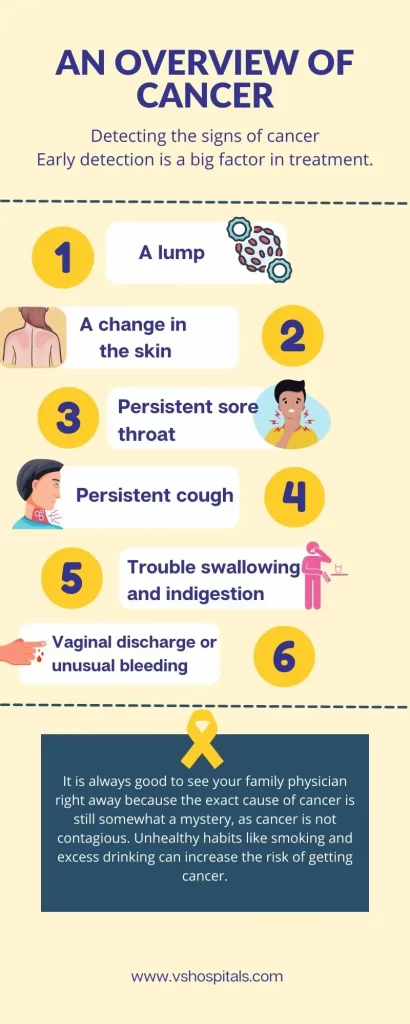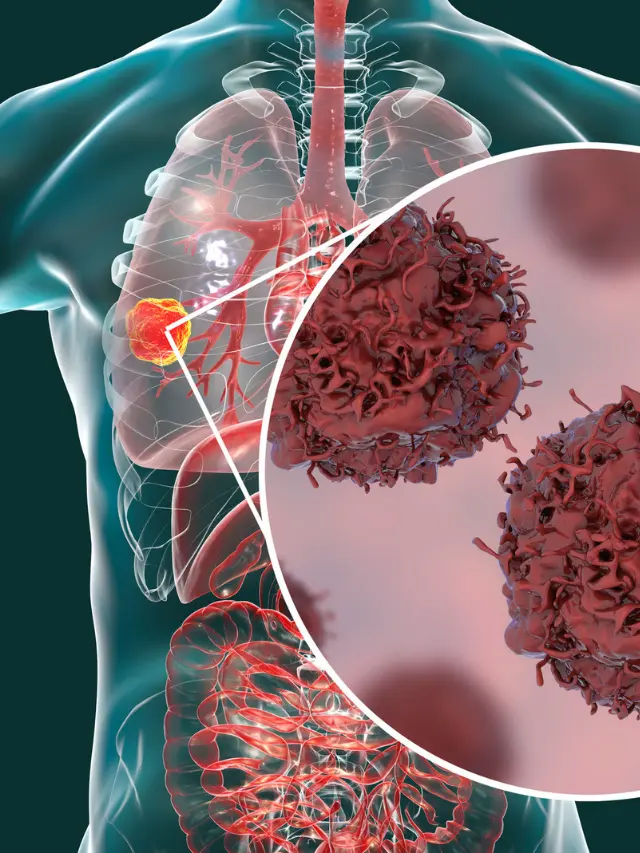Cancer is a dangerous disease that affects the entire cells of the body. There are billions of cells which are small units in the human body that build together to form tissues. an overview of cancer occurs when the abnormal and unusual cells multiply and spread very quickly.
What is cancer?
Typical, sound cells gap to supplant those lost or harmed and afterwards quit partitioning. Cells typically separate and expansion in number in a cycle called mitosis.
cancer is a condition where cells increase. However, this increase is nonstop and not typical. The cells partition and outgrow control.
The normal cells in the human body divide, grow and stop after a certain size but they will never die. This process is called mitosis whereas the cancer cells do not follow the same pattern of division or growth. They divide very quickly, grow out of control and clump together in groups with masses of cancer cells to form lumps called masses or tumours.
These can damage or destroy the surrounding healthy body tissues making the person with the tumour get very sick. The process doesn’t stop here, it will continue its growth and create a new tumour and spread cancer to other parts of the body. This is called metastasis.
In general, tumours can be malignant and benign. Malignant tumours are cancerous causing threats to life. It can invade and damage nearby tissues and organs. In this type of tumour, an overview of cancer cells break away and move through the bloodstream or lymphatic system to form tumours in different parts of the body.
Benign tumours are non-cancerous and are rarely a threat to life. It can be removed and it will stop its damage by not spreading to other parts of the body and also doesn’t invade other tissues.

General Categories
There are general categories of an overview of cancer which are based on the type of cell the cancer starts in. Carcinomas and adenocarcinomas which are more specific are the most common types of cancer.
- Carcinomas are cancers that form solid tumours and start in epithelial surfaces, the outer surface in the body to line or cover the body’s organs, tubes, cavities, and passageways.
- Sarcomas also form solid tumours and start in cells that make up supporting structures, such as bone, cartilage, muscle, fat, or fibrous tissue.
- Leukaemia doesn’t cause tumours as they start in the blood cells, most often white blood cells.
- Lymphomas may cause tumours in the lymph tissue starting in cells of the lymph nodes and lymphatic system.
The other types of an overview of cancer categories are the brain cancers, nerve cancers, melanomas, and certain ovarian and testicular cancers which start in different kinds of cells in the body.
All these types of cancers usually start in a single cell that has been mutated or damaged. That cell can be the source of the primary cancer. The cancer is always named for the primary site where the first or original tumour starts in the skin, colon, or breast.
Cancers which can spread from the primary site (where they started) to other parts of the body are metastatic cancers. It spreads directly into the nearby tissues or spreads throughout the body called systemic spread as it can travel through the blood system and lymphatic system besides brain, liver and lung.
Check it out Avoiding and Preventing Cancer
Early Detection (Overview of Cancer)
Early detection is a big factor in treatment, it is always good to be aware of the signs of this disease. Some signs or symptoms of cancer include:
- A lump in the testicles or breast
- A change in the skin, a mole or a wart
- Persistent sore throat which doesn’t heal
- A significant change in bowel and bladder movements
- A persistent cough that won’t stop or coughing blood
- Trouble swallowing and indigestion
- Vaginal discharge or unusual bleeding
- Chronic fatigue
Most of these symptoms can be from other illnesses also which are not as serious as cancer. However, if you happen to face any of the s above symptoms, it is always good to see your family physician right away because the exact cause of cancer is still somewhat a mystery, as an overview of cancer is not contagious.
You cannot catch cancer like a common cold. Unhealthy habits like smoking and excess drinking can increase the risk of getting an overview of cancer.
Read also Foods for Cancer Patients.





